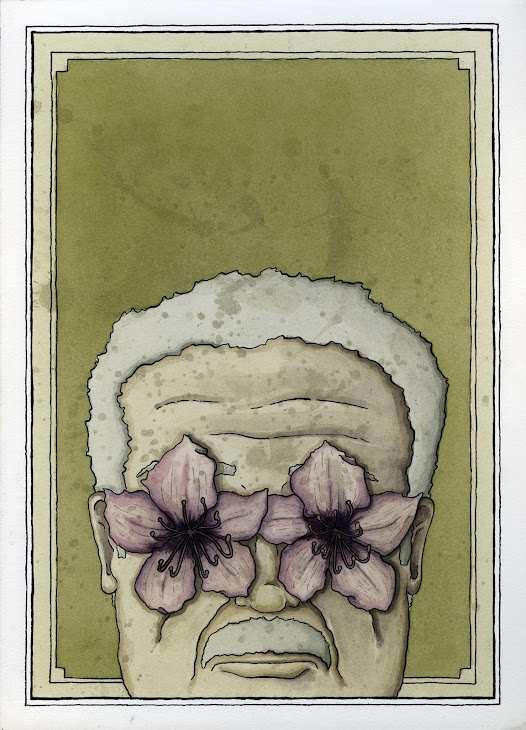The key is in the surprising shape of human sweat ducts. Professors Yuri Feldman and Aharon Agranat together with Dr. Alexander Puzenko, Dr. Andreas Caduff and PhD student Paul Ben-Ishai have discovered that the human skin is structured as an array of minute antennas that operate in the 'Sub Terahertz' frequency range.
This discovery is based on investigations of the internal layers of the skin that were undertaken using a new imaging technique called 'Optical Coherent Tomography.' Images produced by this technique revealed that the sweat ducts, which are the tubes that lead the sweat from the sweat gland to the surface of the skin, are shaped as tiny coils. Similar helical structures with much larger dimensions have been used widely in as antennas in wireless communication systems. This made the investigators consider the possibility that the sweat ducts could behave like tiny helical antennas as well.
In a series of experiments, the team measured the electromagnetic radiation reflected from the palm skin at the frequency range between 75GHz and 110GHz. It was found that the level of the reflected intensity depends strongly on the level of activity of the perspiration system. In particular, it was found that the reflected signal is very different if measured in a subject that was relaxed, and if measured in a subject following intense physical activity.
In a second set of measurements it was found that during the period of return to the relaxed state, the reflected signal was strongly correlated with changes in the blood pressure and the pulse rate that were measured simultaneously.
The researchers believe the discovery could theoretically help remotely monitor medical patients, evaluate athletic performance, diagnose disease and remotely sense the level of excitation – which could have significant implications for technology in the biomedical engineering, anti-terror and security technology fields.
The initial results of the research were published last week in the prestigious scientific journal The Physical Review Letters. The publication aroused significant interest among scientists, physicians and science writers."1
1"'Tiny Radio Antennas' Under Skin Could Act As Remote Sensors Of Humans' Emotional, Physiological State"
.jpg)


.jpg)
.jpg)
.jpg)


.jpg)